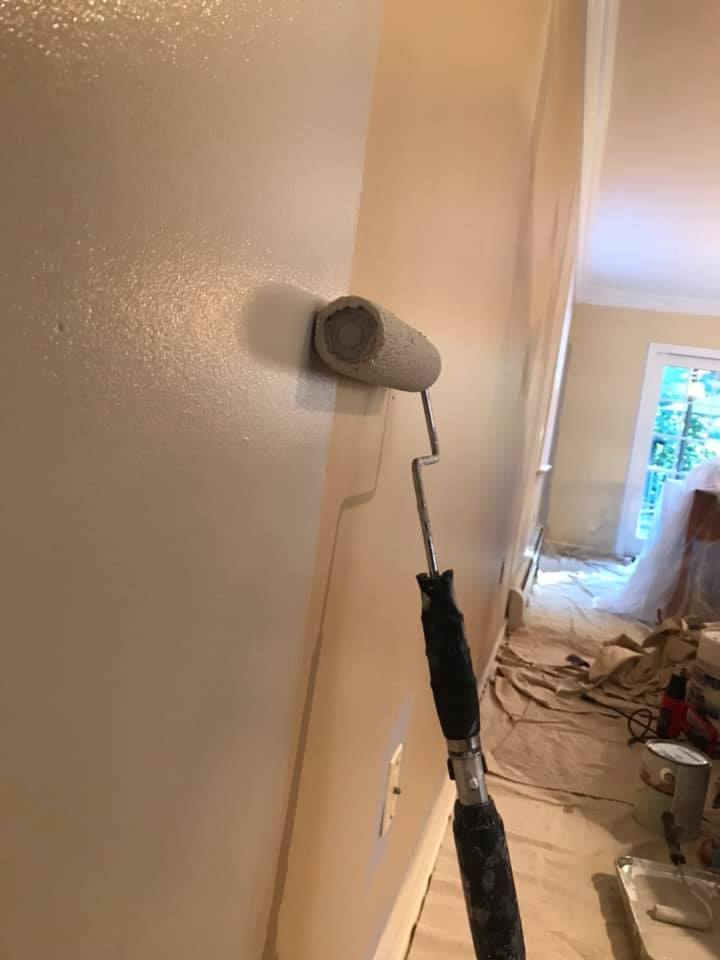Paint Brushes and Rollers
This article has been taken from “Paint Contractors Business Manual” by “Kevin McGeer”. Paint brushes and rollers are the most essential tools for a beautiful painting which are best described at “Painters in Rockville MD“
Spray painting may be fast, but fine painting deserves the attention that only a brush can give. The slight imperfections left by each pass of the bristles give the join a warmer, richer feel.
Brushes are a necessity on most paint jobs for their ability to reach tight corners and cut in along trim. Moistened by a dip in fresh paint, good bristles line up to form a sharp tip that traces around sash and sill, defines the edge of the wall and ceiling, and lays paint over a windowsill without spattering the glass.

Only a quality brush can pull off such feats. So return the favor by cleaning and combing it out after every use.
Acrylic paints, which account for more than 90 percent of sales, go on best with a synthetic brush of nylon and polyester filaments
Paint Contractors Business Manual
Natural-bristle brushes have traditionally been used to apply oil paints. polyurethanes, and varnishes, although a new class of oil-friendly synthetics is now challenging bristles’ dominance in this realm.
General advice on paint brushes and rollers brushes-keep clean and use new ones if the bristles are worn out
- 25mm straight brush for windows, skirtings
- 75mm straight brush for door frames and trim work
- 100mm straight brush for ceilings and wall surrounds
- Angled brush for cutting in
- Gang with wire when drying, do nor dry on the bristles
- Use a round handle for cutting in and trim work
- Use a flat handle for bigger areas
- The length should be 50% longer than the width

Rollers
- Lamb’s wool for acrylic
- Mohair for enamel
- Plastic for texture or ripple
- Dry hanging up
The correct way of dipping a paint brush into paint
- Dip the brush directly into the paint up to 1/3 of the length of bristles. This stops the brush from being overloaded with paint and prevents dripping.
- Tap both sides of the brush lightly against the side of the can or pail. This loads the paint more on the interior of the brush.
- Do not scrape the paint off the brush by dragging across the edge of the bucket. That just removes the paint and makes the brush ineffective.
Continue reading on Masking

